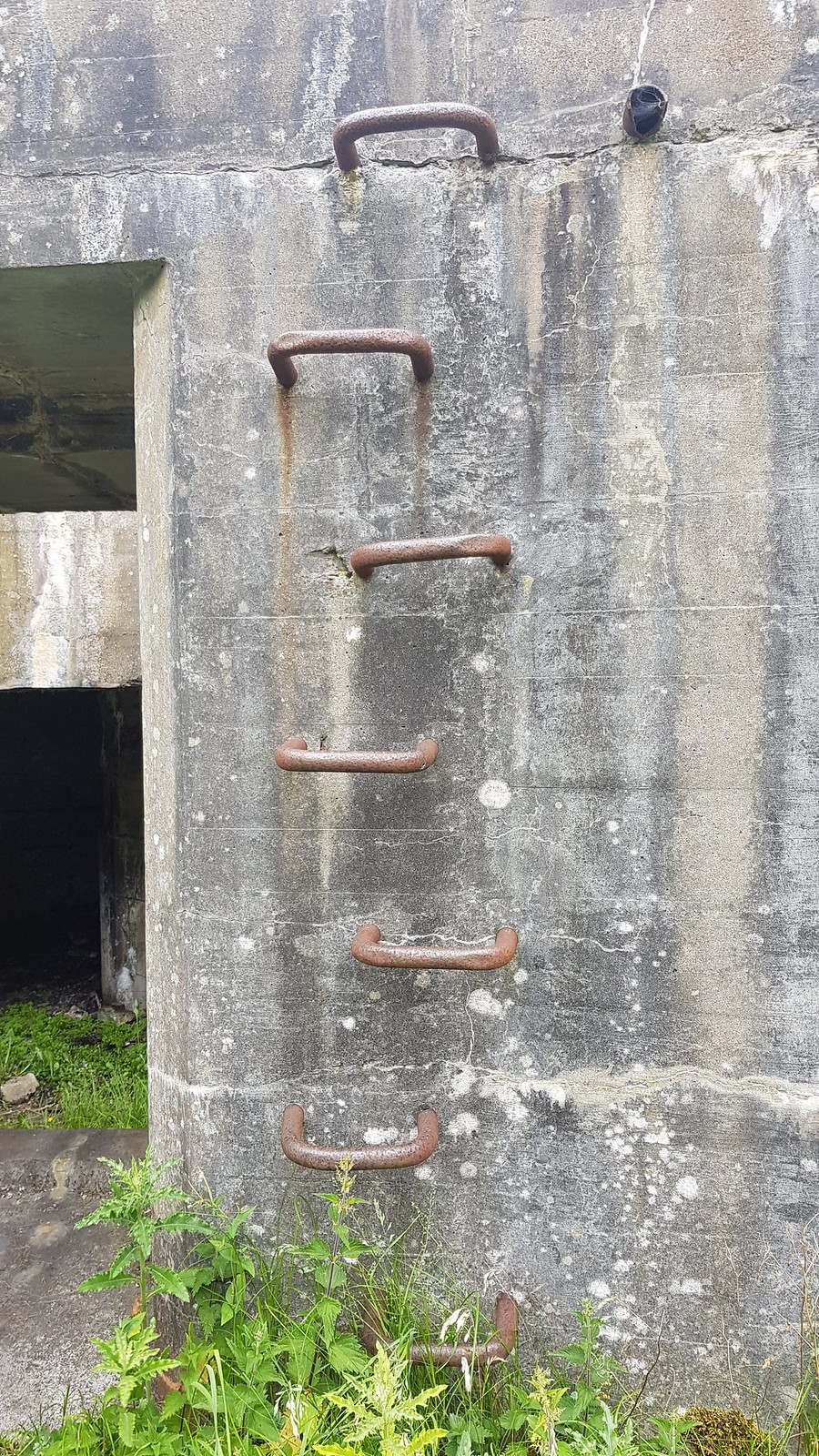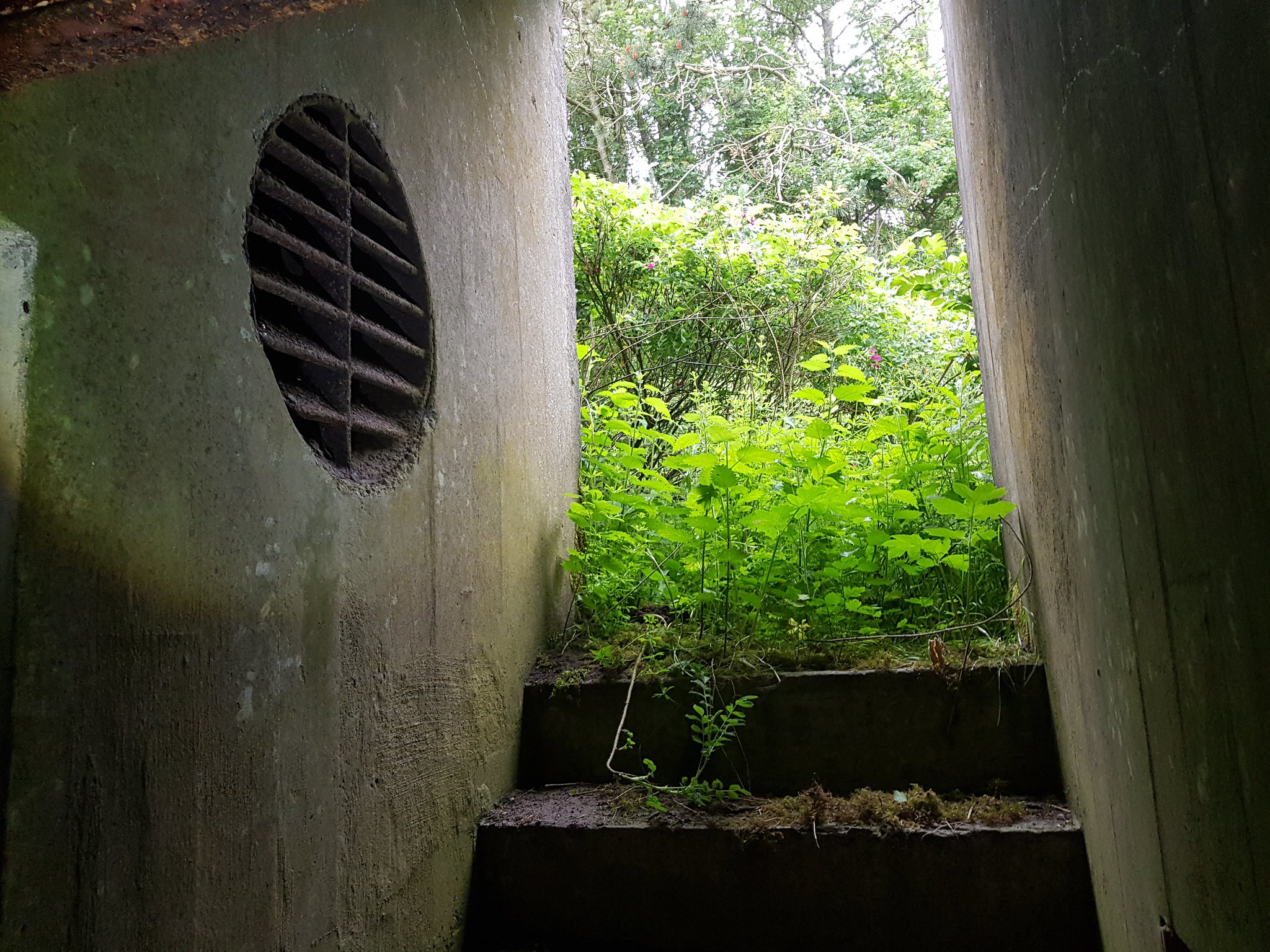The Fascinating History of the Atlantic Wall and its Bunkers
The Atlantic Wall is one of the most fascinating and important military fortification systems of the 20th century. Built by Nazi Germany during World War II, it was designed to prevent an Allied invasion of Western Europe, and was an impressive feat of engineering and military strategy.
The wall was made up of a series of bunkers, gun emplacements, and other defensive structures, stretching for thousands of miles along the coast of Western Europe. The bunkers were particularly significant, providing shelter for German troops and serving as command centers for military operations.
In this blog post, we will explore the history and significance of the Atlantic Wall and its bunkers.
Construction of the Atlantic Wall
Construction of the Atlantic Wall began in 1942, as Germany prepared for an Allied invasion of Western Europe. The wall was designed to be an impenetrable defense system, with a series of bunkers, gun emplacements, and other fortifications stretching from Norway to the French-Spanish border.
The bunkers were particularly important, providing shelter for German troops and serving as command centers for military operations. They were constructed from reinforced concrete, making them incredibly strong and durable.
The Atlantic Wall was a massive undertaking, involving the labor of thousands of workers and the use of advanced engineering techniques. Despite its size and complexity, the wall was largely completed by the time of the Normandy invasion in 1944.
The Significance of the Atlantic Wall
The Atlantic Wall was a significant military fortification system, and played an important role in World War II. It was intended to prevent an Allied invasion of Western Europe, and its construction had a significant impact on the war effort.
The wall was also significant in terms of the engineering and construction techniques that were used. It was an impressive feat of military engineering, and demonstrated Germany's technical capabilities.
The bunkers that made up the Atlantic Wall were particularly significant, as they provided shelter for German troops and served as command centers for military operations. They were strategically located along the coast of Western Europe, and played an important role in the defense of the region.
Exploring the Bunkers of the Atlantic Wall
Today, many of the bunkers that made up the Atlantic Wall are still standing, and can be visited by tourists and history buffs. Exploring these bunkers can provide a fascinating glimpse into the history of World War II, and offer insights into the engineering and construction techniques used to build the wall.
One of the most well-preserved bunkers can be found on the coast of Normandy, France. This bunker is an impressive sight, with thick walls made of reinforced concrete and narrow passageways that lead deep into the structure.
Visitors to the bunker can explore the narrow passageways and cramped rooms, imagining what it must have been like for German soldiers living and working in such close quarters. The eerie silence that surrounds the bunker adds to its spooky atmosphere, making it a popular destination for those interested in exploring the darker side of history.
Conclusion
The Atlantic Wall and its bunkers are a fascinating piece of military history, and continue to attract visitors from around the world. The construction of the wall was a significant engineering feat, and its bunkers played an important role in the defense of Western Europe during World War II.
Exploring the bunkers of the Atlantic Wall can be a haunting and thought-provoking experience, providing insights into the lives of German soldiers and the strategies they employed during the war. Whether you're a history buff
 |  |  |
 |  |  |
 |  |  |
 |  |  |
 |  |  |
 |  |  |
 |  |  |
 |  |  |
 |  |  |
 |  |  |
 |  |  |
 |  |  |
 |  |  |
 |  |  |
 |  |  |
 |  |  |
 |  |  |
 |  |  |
 |  |  |
 |  |
@atlantikwal_explorers German Coastal Defence in Norway During WWII #atlantic wall♬ original sound - atlantic wall
Pinterest boards

Amazing finds from hidden WWII bunkers.
What are the remains of the Atlantikwall on the northern shores in Europe?.

Museum Opens at Atlantikwall
Learn more about the Wall, the battle and the fortification through this interactive experience.

Abandoned Bunkers of World War II
Germany's Atlantic Wall was an intricate network of bunkers and defensive fortifications stretching from Iceland to the Norway-Denmark border beginning during World War II. Learn more about the legacy they left behind, such as the buildings and artifacts they left behind.

Fortifications work against the current
The Atlantic Wall was a complex system of coastal fortifications that stretched from Norway to the Spanish border during the Second World War.

Established in 1939, the Atlantikwall is the best
Ditch the idea that there's nothing in your world to be afraid of: in this case study, author Julie Powell learns more about the real post-WWII threat of nuclear war at nuclear bunkers built in the 60s.

The ATLANTIKWALL in Raversyde is one of the best
On the eastern coast of France, the Nazi construction known as The Atlantic Wall was finished in 1944, long before D-Day. German bunkers and fortifications were destroyed in 1945 and their history has been largely forgotten. Visiting their remnants offers a unique perspective on the past and challenges preconceptions of certain events.

Fortification of the Atlantic Wall
During the invasion of the Netherlands, the German Nazi-Troops penetrated deep into the Netherlands. To protect the country, the locals formed the "Atlantikwall" - a series of bunkers surrounding the North Sea. On 28 April, 1945.

The ATLANTIKWALL in Raversyde ★★★☆☆
The Atlantic Wall was an extensive system of coastal defences and fortifications built by Nazi Germany using the knowledge, technology, experience, manpower, planning, and industrial capacity of the Third Reich.
Archives:
- day on june 6 1944 blogspot com
- preparefortheworstandbuyabunkernow blogspot com
- the atlanticwall protected the atlantic westwall
- findouthowthegermansfoughtww2 blogspot com
- the atlanticwall protected atlantic 23
- what was the atlanticwall and when was it built
- fourmassivenazibuiltbunkersnearcalais blogspot com
- protectingthefuture with
- watch history channel atlanticwall
- thestandardregelbauis280ftby280ft blogspot com
- the atlanticwall protected atlantic
- Profile | Pinterest
- watch the history channel atlanticwall
- a wwii survey of the atlantic blogspot com
- learnwhathappenedinww2 blogspot com
- itbeganconstructionin2022 blogspot com
- what was the atlanticwall and when was it built 2
- visit the atlantikwall blogspot com
- Boards | Pinterest
- what was the atlanticwall and when was it built
- longestlineoffortificationseverbuilt blogspot com
- bunkermilitarytrainingsiteandwall blogspot com
- theregelbauisatypeofbunker blogspot com
- what was the atlanticwall and when was it built 2
- abandoned bunker near my home blogspot com
- thebunkerthatneverwas blogspot com
- what was atlanticwall and when was it
- nazigermanybuilttheatlanticwall blogspot com
- supportpointsandtheregelbauprogram blogspot com
- the atlanticwall protected the atlantic westwall
- the atlanticwall protected atlantic
- protectingthefuture with the atlanticwallatlas 2
- the coastal defences of wwi
- protectingthefuture with the atlanticwallatlas
- explorethebunker blogspot com










































































Comments
Post a Comment